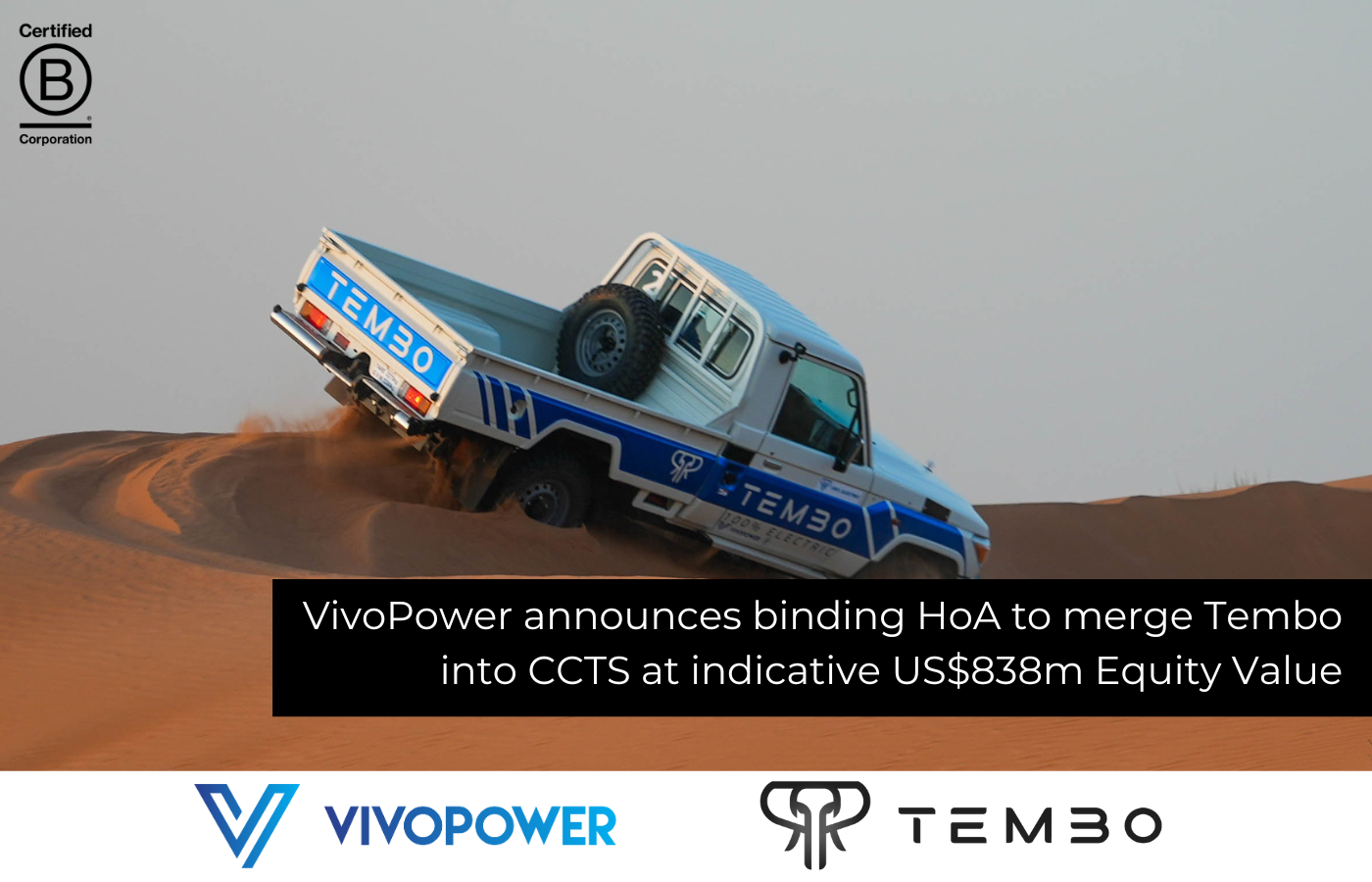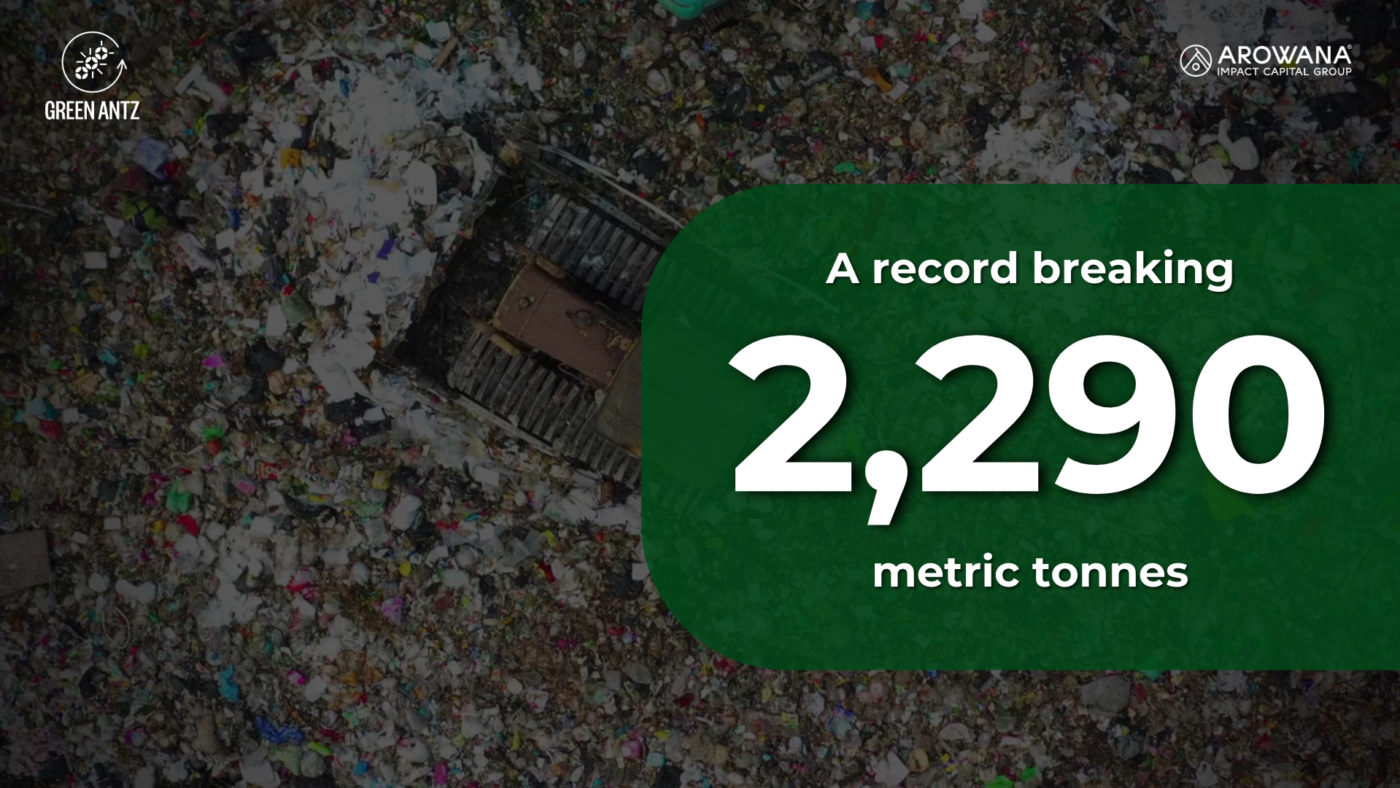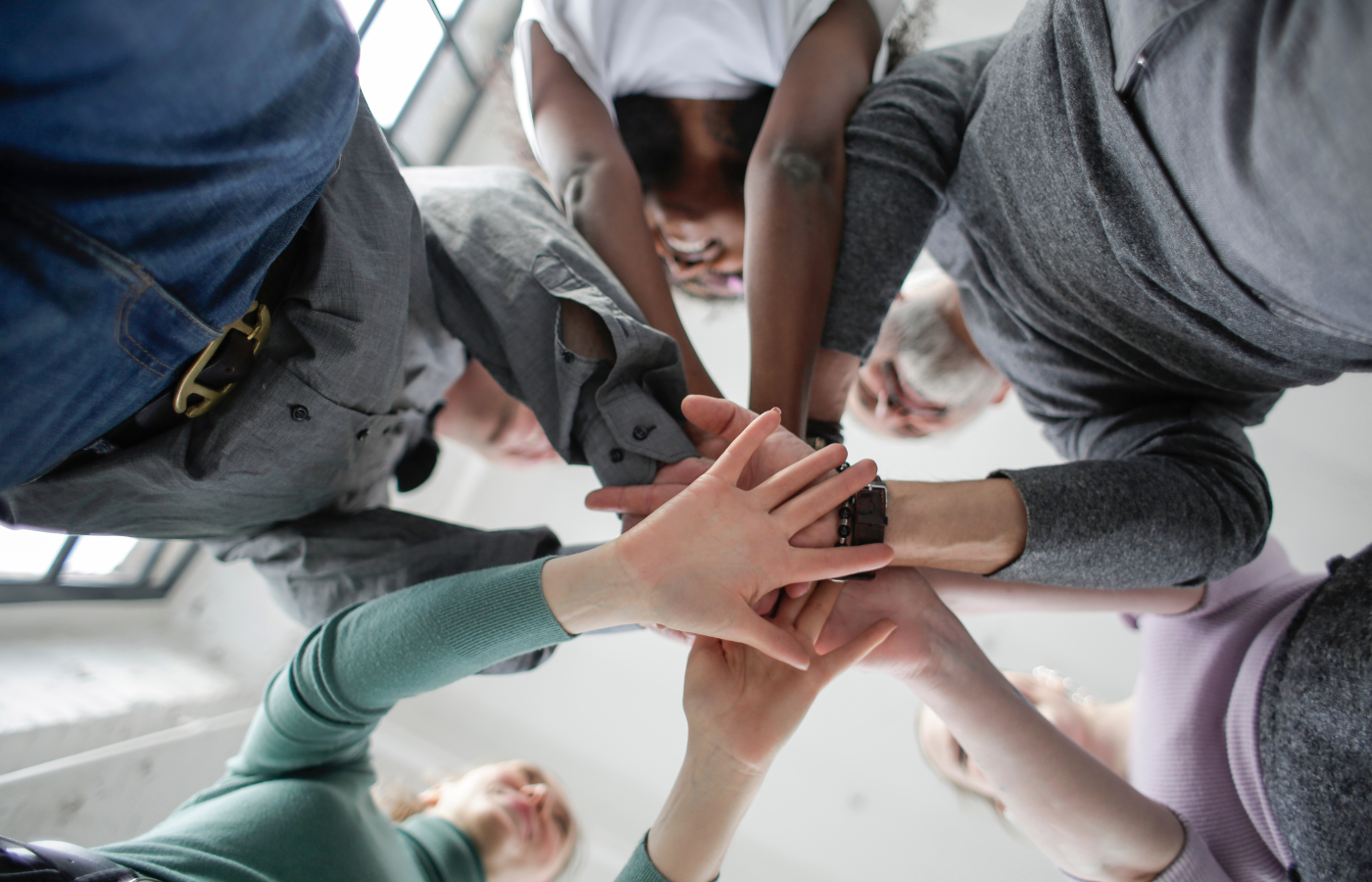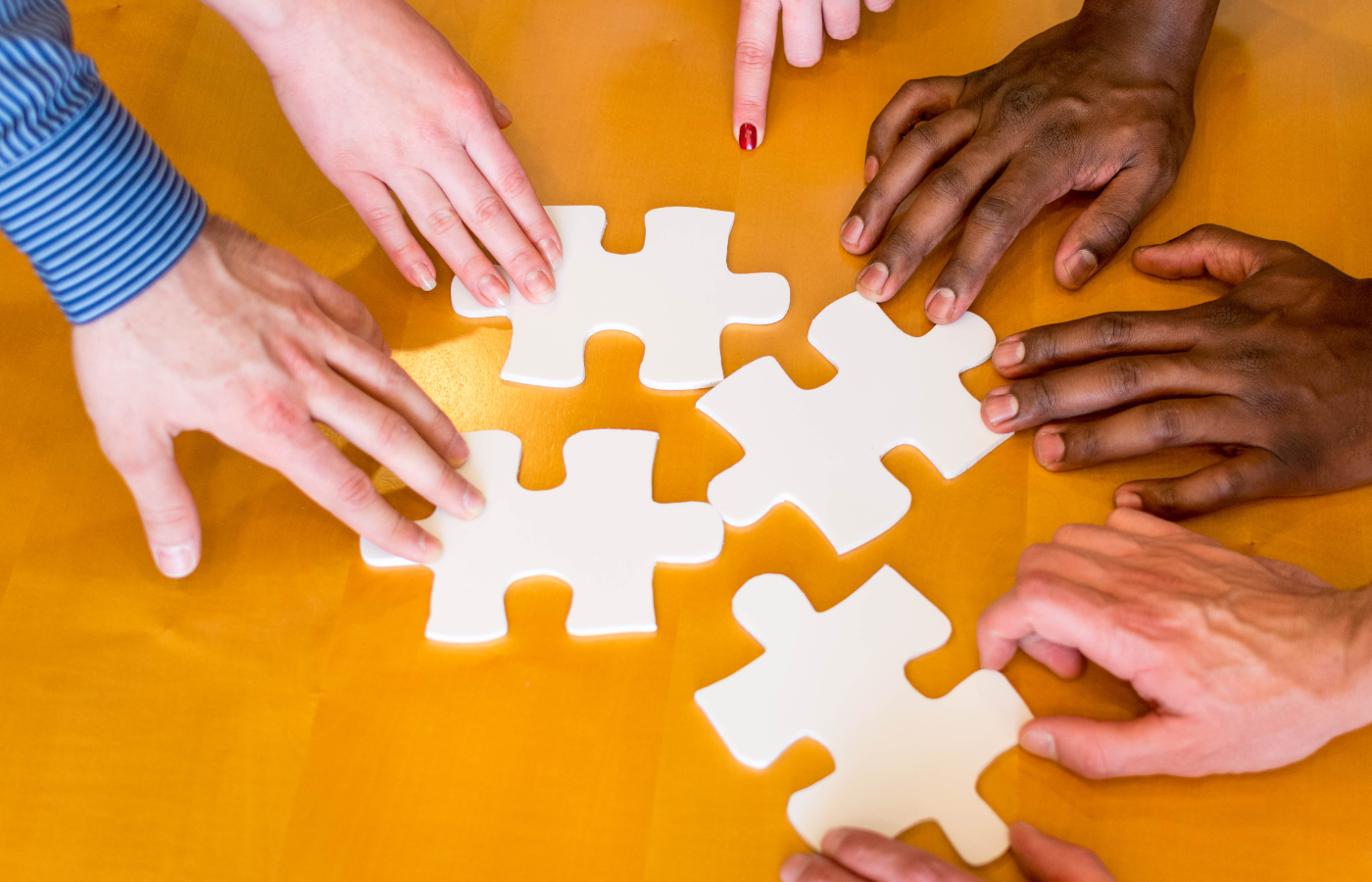The impact of microplastics on human health is an ongoing frontier of scientific exploration. Recent studies have highlighted how these tiny particles find their way into our bodies through ingestion, inhalation, and even skin contact.
The potential risks posed by the accumulation of microplastics in our tissues are raising serious concerns among researchers worldwide. Understanding the full extent of these risks is crucial for safeguarding our health and the environment.
For more news & insights, stay tuned to the Arowana website.
Microplastics can be found in almost every corner of the planet, from the deepest ocean trenches to the highest mountain peaks. Their ability to travel vast distances through air and water currents underscores the global nature of the issue.
These microscopic plastic particles have been detected in soil, freshwater ecosystems, marine environments, and even in the air we breathe. All of these highlight the far-reaching consequences of plastic pollution.
For more news & insights, stay tuned to the Arowana website.
From the development of innovative technologies to engaging communities in citizen science initiatives, the fight against microplastics is a dynamic and evolving endeavour.
As policies, regulations, and international collaborations gain momentum, there is hope that the invisible menace of microplastics can be unveiled, mitigated, and ultimately eliminated.
Investment commitment secured from private investment office backed by member of ruling Al Maktoum family of Dubai
Initial US$7.5m investment milestones previously met as part of US$10 million commitment
Tembo has now met milestones to qualify for the final follow-on investment of US$2.5 million, for an aggregate total investment of US$10 million

VivoPower is pleased to announce that its subsidiary, Tembo e-LV, has now met all the milestones to obtain the final follow-on strategic direct equity investment into Tembo, at a pre-money valuation of US$120 million.
This is pursuant to a commitment received in June 2023 from a UAE-based private investment office backed by a member of the ruling Al Maktoum family of Dubai. The investor, under the agreement terms, can exercise the option to increase its cumulative investment in subsequent closings, up to US$10 million based on milestones which have now all been met.
VivoPower will continue to retain its majority stake in Tembo. Tembo recently announced a binding heads of agreement to execute a business combination agreement with CCTS, a NASDAQ listed SPAC at an indicative pre money equity valuation of US$838m.
To read our full press release, and to keep up with all of VivoPower’s releases, visit our Press Releases page.
Contact
Shareholder Enquiries
Tembo E-LV (“Tembo”), a subsidiary of VivoPower International PLC (“VivoPower”), will merge with CCTS (“Cactus Acquisition Corp. 1 Limited”), a NASDAQ-listed company.
Tembo will be the surviving entity and upon closing, will change its name to Tembo Group.
CCTS has $25m of cash on its balance sheet, as of its last quarterly filing.
VivoPower shareholders on the final record date will receive 5 Tembo Group shares for each 1 VivoPower share held.
Final Business Combination Agreement, an independent fairness opinion to be finalised by early May 2024 with the merger targeted for completion by August 2024.

Tembo, a global leader in utility vehicle electrification, and a subsidiary of VivoPower International, today announced it has entered into a binding heads of agreement whereby it will exclusively negotiate to consummate a business combination agreement to merge with Cactus Acquisition Corp. 1 Limited (CCTS), a special purpose acquisition company.
Upon closing of a business combination, the combined company is expected to remain NASDAQ listed under the name “Tembo Group”.
A total of 16.76 million Tembo Dividend Shares, representing 20% of the 83.8 million shares, will be distributed to VVPR shareholders. VVPR shareholders will receive indicatively 5 Tembo Dividend Shares for each VVPR share they hold, assuming no further VVPR share issuance and warrants conversion prior to the First Record Date and Second Record Date
Additional information about the proposed merger, including a copy of the merger agreement and other material documentation will be filed with the SEC and available at www.sec.gov. An S-4 registration statement will also be filed with the SEC, which will contain a proxy statement/prospectus in connection with the business combination.
Chardan Capital Markets LLC is acting as financial advisor to VivoPower and Tembo on this transaction.
For the full version of the article, visit the VivoPower Press Releases page.
About Cactus Acquisition Corp. 1 Limited
Cactus Acquisition Corp. 1 Limited is a blank check company formed for the purpose of effecting a merger, share exchange, asset acquisition, share purchase, reorganization or similar business combination. For more information, visit https://cactusac1.com.
Contact
Shareholder Enquiries

Arowana Impact Capital (AIC) is proud to announce that it has increased its investment shareholding in Green Antz, a frontrunner in the plastic waste recycling and upcycling industry in the Philippines. This decision signals AIC’s commitment to fostering environmental sustainability and supporting innovative solutions to the global plastic crisis.
Over the past year, Green Antz has showcased exceptional performance in its operations. The company’s dedication to tackling plastic waste has yielded remarkable results, with the volume of plastics collected soaring by a staggering 334%, reaching a groundbreaking total of 2,290 metric tonnes. This achievement highlights Green Antz’s effective collection strategies and its pivotal role in mitigating pollution.
Green Antz’s efforts extend beyond mere plastic waste collection by expanding into upcycling solutions. By continuously innovating and enhancing its capacity to recycle and upcycle plastic waste, Green Antz is setting new benchmarks in the industry. These initiatives are crucial in transforming waste into valuable resources, thereby contributing to the circular economy and reducing the reliance on virgin plastics.
AIC’s increased shareholding comes at a time when Green Antz is navigating through a phase of exponential growth and the challenges that accompany such rapid expansion. This growth is a testament to the company’s robust business model, its impactful environmental solutions, and the increasing awareness and demand for sustainable practices among consumers and industries.
The success of Green Antz is a reflection of the strong network of support from its shareholders, customers, and partners.
Arowana Impact Capital, along with other shareholders, has played a significant role in enabling Green Antz to pursue its mission with vigour and resilience. The company’s achievements are further bolstered by the backing of major customers and partners, including global giants like Procter & Gamble, Colgate-Palmolive, and Shell, among others. These collaborations underscore the collective effort and commitment to addressing the global plastic waste challenge and fostering a sustainable future.
The partnership between AIC and Green Antz exemplifies the power of impact investing – a strategy that aims not only to generate financial returns but also to create positive social and environmental impacts. This approach is increasingly gaining traction among investors who recognise the critical need to support businesses that are contributing to a sustainable and equitable world.
As Green Antz continues to advance its mission of reducing plastic waste through innovative recycling and upcycling solutions, its journey is an inspiration for other companies striving to make a difference. The company’s success demonstrates that – with the right mix of innovation, commitment, and support – it is possible to turn the tide on plastic pollution and pave the way for a more sustainable planet.
AIC’s increased stake in Green Antz is a vote of confidence in the potential of green businesses to drive meaningful change. It reflects a growing recognition of the importance of environmental sustainability in shaping a better future for our planet. As more investors and companies align their operations with sustainable practices, the dream of a cleaner, greener world becomes increasingly attainable.
The partnership between AIC and Green Antz is another example of how impact investing can catalyse significant environmental change. In supporting innovative solutions to pressing global challenges, the investment lays the groundwork for a sustainable future, proving that doing good also means doing well.
For more news & insights, stay tuned to the AIC website.

Businesses have a unique opportunity and responsibility to drive positive change through sustainable practices. One of the most obvious ways is by adopting renewable energy into their business operations. Using renewables not only allows companies to contribute to the global fight against climate change but it also positions them as leaders in a rapidly evolving and eco-conscious market.
In this Arowana Insight, we will explore the profound impact of renewable energy on sustainable business practices. Learn about the different economic and environmental benefits, challenges, and strategies for incorporating clean energy into corporate operations.
Renewable energy is crucial in sustainable business practices as it helps reduce greenhouse gas emissions, mitigating climate change impacts, and ensuring long-term environmental and economic viability.
There are several factors to consider before a company can adopt renewable energy into their business operations.
While the benefits of adopting renewable energy are clear, businesses may face certain challenges during the transition. Recognising these challenges and implementing effective solutions is crucial for ensuring a smooth and successful shift to sustainable energy practices:
As we continue to move toward a greener future, it is important for companies to stay agile, adapt to evolving technologies, and collaborate with stakeholders to create a collective impact. By embracing renewables, businesses not only future-proof their operations but also contribute to a global shift towards a more sustainable and environmentally responsible business landscape.
The time to harness the power of renewable energy is now – for the sake of our planet and the prosperity of generations to come.
For more News & Insights, stay tuned to the Arowana website.

We are living in an impact-focussed world where the call for environmental responsibility is louder than ever. We are seeing more corporations look beyond their bottom lines and prioritise sustainable practices to help improve their businesses.
However, as companies strive for sustainability, one often overlooked aspect is the role of employee engagement in building a greener workplace.
What role does employee engagement play in achieving environmental sustainability? How can organisations foster a culture of eco-consciousness among their workforces? Let’s find out in this edition of Arowana Insight.
Before delving into the environmental aspect, it's crucial to understand the fundamentals of employee engagement. Engaged employees are those who are emotionally committed to their work and organisation. They go the extra mile, contributing their best efforts and creativity to achieve common goals.
Employee engagement is a two-way street; companies must invest in their employees to create a positive and fulfilling work environment. This includes providing opportunities for professional growth, recognising achievements, and fostering open communication.
Now, let's connect the dots between employee engagement and environmental sustainability. Engaged employees are more likely to align themselves with the values of the organisation. By integrating eco-friendly practices into the workplace, companies can tap into the intrinsic motivation of their workforce.
Green initiatives, such as reducing waste, conserving energy, and promoting sustainable commuting options, not only benefit the environment but also resonate with employees who seek purpose beyond their job responsibilities. When employees perceive their companies as socially responsible, their engagement levels skyrocket.
Empowering employees to take the lead in environmental initiatives is a powerful strategy. Establishing green teams or committees allows staff from various departments to collaborate on sustainability projects. Whether it's implementing recycling programs, organising tree-planting events, or advocating for energy-efficient practices, involving employees in the decision-making process fosters a sense of ownership and pride.
Leadership should encourage and support employee-led initiatives, providing the necessary resources and recognition for their efforts. This not only enhances engagement but also creates a positive ripple effect throughout the organisation.
A greener workplace goes hand in hand with employee well-being. Natural lighting, indoor plants, and eco-friendly office spaces contribute to a healthier and more productive work environment. Companies can also promote sustainable lifestyle choices, such as plant-based diets, fitness programs, and mental health initiatives.
By intertwining wellness and sustainability, companies can address both the physical and emotional needs of their employees, resulting in a more engaged and satisfied workforce.
Creating a greener workplace is not solely the responsibility of environmental officers; it's a collective effort that requires the active participation of every employee. By prioritising and fostering employee engagement, companies can build a workforce that is not only productive and committed but also environmentally conscious and dedicated to creating a sustainable future.
As businesses embrace the intersection of engagement and sustainability, they are not only contributing to a healthier planet but also cultivating a workplace culture that attracts and retains top talent in the evolving landscape of corporate social responsibility.
For more News & Insights, stay tuned to the Arowana website.

Conducting a sustainability audit is crucial for businesses as it allows them to comprehensively assess and manage their environmental, social, and governance (ESG) performance. The process enables companies to identify and mitigate potential environmental impacts, social risks, and governance issues, fostering responsible business practices.
A thorough sustainability audit also enhances an organisation’s transparency, helps meet regulatory requirements, and can attract environmentally and socially conscious investors and customers, ultimately contributing to long-term resilience and success in a rapidly changing business landscape.
In this Arowana Insight, we discuss the importance of a sustainability audit to an organisation. Find out how you and your team can properly conduct one for your company.
The urgency of adopting sustainable business practices cannot be overstated. With climate change threatening ecosystems, depleting natural resources, and increasing social awareness, businesses are expected to take responsibility for their impact on the environment and society. The business landscape is evolving, with consumers, investors, and even employees favoring companies that prioritize sustainability.
According to a 2018 Nielsen survey, 81% of global consumers feel strongly that companies should help improve the environment. Moreover, a Global Sustainable Investment Alliance (GSIA) report revealed that sustainable investing assets reached $30.7 trillion in 2018, a 34% increase in two years. This data suggests a growing trend towards sustainable practices, and businesses that fail to adapt risk being left behind.
A sustainability audit is a systematic evaluation of a company's environmental, social, and economic performance. It involves assessing the impact of business operations on the planet, people, and profits. The aim is to identify areas for improvement, set measurable sustainability goals, and enhance overall corporate responsibility. The process typically involves three key steps: assessment, goal-setting, and implementation.
The first step in conducting a sustainability audit is to assess your company's current environmental and social impact. This involves evaluating energy consumption, waste generation, carbon emissions, and other relevant metrics. Assessing social impact includes examining labor practices, community engagement, and the overall well-being of employees.
Once you have a comprehensive understanding of your company's sustainability performance, the next step is to set realistic and measurable goals. These goals should align with your company's values, address areas of improvement identified during the assessment, and contribute to broader sustainability objectives.
Implementation is the phase where your company transforms sustainability aspirations into tangible actions. This involves integrating sustainable practices into daily operations, engaging employees, and leveraging innovative solutions to achieve your goals.
While the moral imperative of sustainability is evident, it is crucial to recognize the tangible benefits that businesses can reap from embracing sustainable practices. Numerous studies highlight the positive correlation between sustainability and financial performance.
Sustainable practices often lead to cost savings in the long run. Energy efficiency measures, waste reduction, and resource optimization contribute to lower operational expenses.
Consumers are increasingly making purchasing decisions based on a company's commitment to sustainability. A Nielsen study found that 73% of global consumers would change their consumption habits to reduce their environmental impact. Embracing sustainability can be a powerful differentiator in a competitive market.
Governments worldwide are tightening regulations related to environmental and social responsibility. By proactively adopting sustainable practices, companies can stay ahead of regulatory requirements, avoiding potential legal and financial repercussions.
The rise of sustainable investing has opened new avenues for capital. Investors are increasingly favoring companies with strong environmental, social, and governance (ESG) performance. A Harvard Business Review study found that firms with high ESG scores have a lower cost of capital and are more likely to attract long-term investors.
The importance of conducting a sustainability audit for companies cannot be overstated. It is one of the things that organisations need to do to thrive in an ever-evolving business landscape.
As we’ve discussed, the urgency of adopting sustainable practices is underscored by consumer preferences, investor demands, and the imperative to address global challenges such as climate change. By assessing environmental and social impacts, setting meaningful goals, and implementing sustainable practices, businesses can not only contribute to a healthier planet but also gain a competitive edge in the marketplace.
The business case for sustainability is also very much compelling, with cost savings, market advantage, regulatory compliance, and access to capital among the tangible benefits. Companies have already demonstrated that a genuine commitment to sustainability can drive innovation, enhance brand reputation, and create long-term value.
As organisations navigate the green path, it is essential to approach sustainability as a continuous journey, involving stakeholders at every step and embracing emerging technologies and best practices. By doing so, companies can position themselves as leaders in the transition to a more sustainable and resilient future.
For more News & Insights, stay tuned to the Arowana website.

Over the years, we have seen more companies answer the challenge of redefining their success beyond mere profit margins. These businesses have abandoned the traditional model of pursuing financial gains at any cost in favour of a more sustainable and ethical approach. One significant initiative leading this charge is the B Corp Certification.
More than just not just a badge of honor; B Corp certification represents a commitment to balancing profit with purpose. It demonstrates a company’s dedication to meeting rigorous standards of transparency, accountability, and sustainability. This helps distinguish certified B corporations as leaders in ethical business practices within their industries.
Join us as we explore the benefits of B Corp Certification for businesses. We’ll examine the impact that the process can have on the triple bottom line - people, planet, and profit.
B Corp, short for Benefit Corporation, is a certification bestowed upon businesses that meet high standards of social and environmental performance, transparency, and accountability.
B Corps are required to undergo a rigorous assessment by the nonprofit organisation B Lab, which evaluates a company's impact on its workers, customers, community, and environment. This certification signifies a commitment to using business as a force for good, prioritising not only financial success but also social and environmental responsibility.
The B Corp movement has gained significant momentum in recent years, with a growing number of businesses recognising the value of incorporating purpose into their DNA.
According to B Lab, there are more than 6,000 Certified B Corporations in over 80 countries and over 150 industries, representing a diverse array of companies ranging from small startups to multinational corporations. This exponential growth underscores the increasing importance that businesses and consumers alike place on sustainability and ethical practices.
The benefits of B Corp Certification extend beyond mere corporate social responsibility; they encompass enhanced reputation, access to funding, attracting top talent, operational efficiency, and legal protection for mission-driven companies.
The B Corp movement is poised to grow, especially as more businesses recognise the importance of purpose-driven practices. The goal is to create a global community of businesses committed to using their influence for the greater good.
Whether your company is a small startup or a multinational corporation, embracing B Corp Certification can transform not only the way you operate but also the perception and expectations of your customers, employees, and investors.
The business world has started to embrace the ideals of conscious consumerism. In this new landscape, organisations that prioritise purpose are not just surviving; they are thriving, proving that success and positive impact are not mutually exclusive. They are indeed intrinsically connected in the pursuit of a better world.
For more News & Insights, stay tuned to the Arowana website.